Georgia O’Keeffe
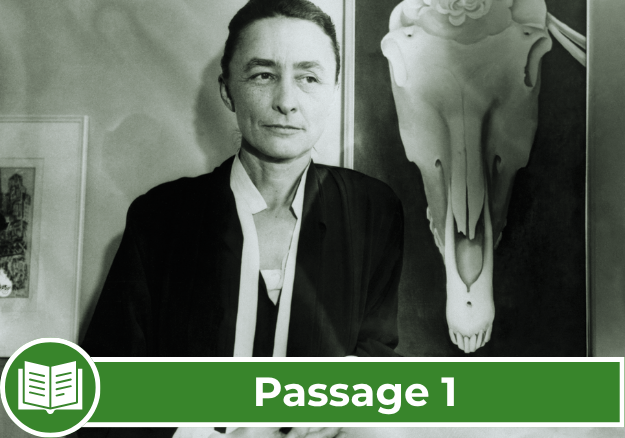
For seven decades, Georgia O’Keeffe (1887-1986) was a major figure in American art. Remarkably, she remained independent from shifting art trends and her work stayed true to her own vision, which was based on finding the essential, abstract forms in nature. With exceptionally keen powers of observation and great finesse with a paintbrush, she recorded […]
Frozen food
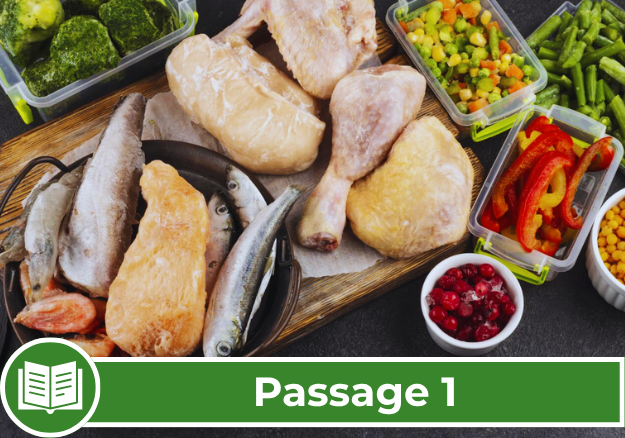
A US perspective on the development of the frozen food industry At some point in history, humans discovered that ice preserved food. There is evidence that winter ice was stored to preserve food in the summer as far back as 10,000 years ago. Two thousand years ago, the inhabitants of South America’s Andean mountains had […]
Manatees
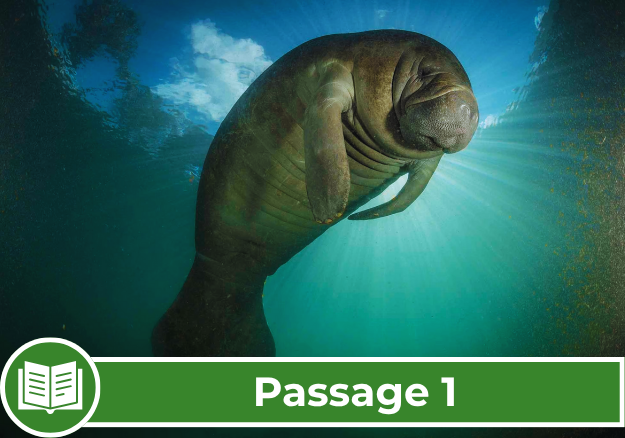
Manatees, also known as sea cows, are aquatic mammals that belong to a group of animals called Sirenia. This group also contains dugongs. Dugongs and manatees look quite alike – they are similar in size, colour and shape, and both have flexible flippers for forelimbs. However, the manatee has a broad, rounded tail, whereas the […]
The kākāpō
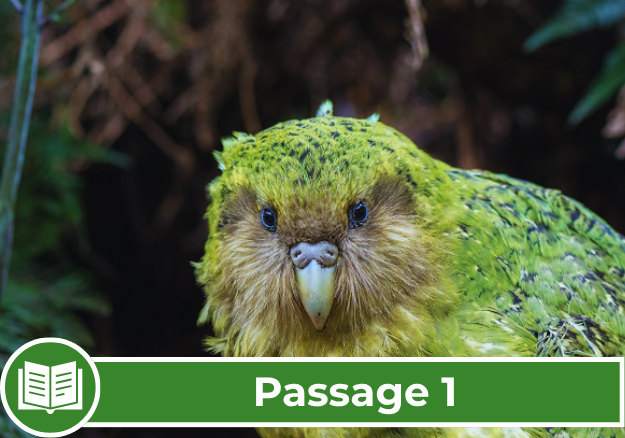
The kākāpō is a nocturnal, flightless parrot that is critically endangered and one of New Zealand’s unique treasures The kākāpō, also known as the owl parrot, is a large, forest-dwelling bird, with a pale owl-like face. Up to 64 cm in length, it has predominantly yellow-green feathers, forward-facing eyes, a large grey beak, large blue […]
The megafires of California
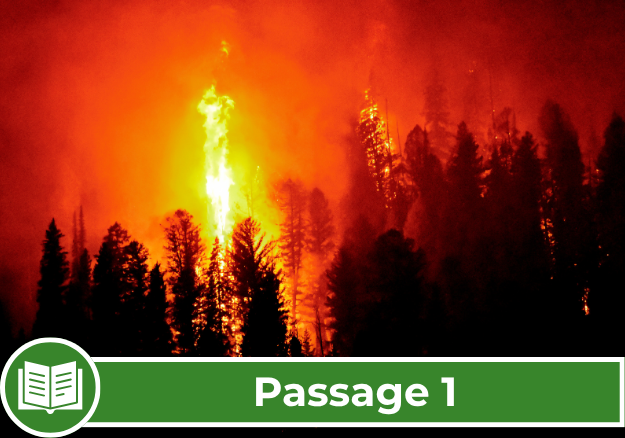
Drought, housing expansion, and oversupply of tinder make for bigger, hotter fires in the western United States Wildfires are becoming an increasing menace in the western United States, with Southern California being the hardest hit area. There’s a reason fire squads battling more frequent blazes in Southern California are having such difficulty containing the flames, […]
The Context, Meaning and Scope of Tourism
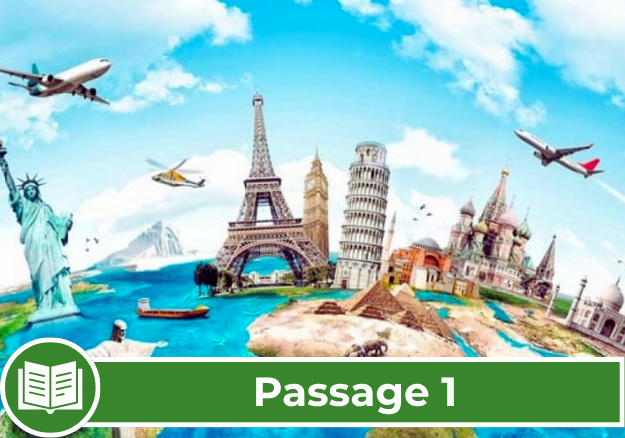
A Travel has existed since the beginning of time, when primitive man set out, often traversing great distances in search of game, which provided the food and clothing necessary for his survival. Throughout the course of history, people have travelled for purposes of trade, religious conviction, economic gain, war, migration and other equally compelling motivations. […]
Tea and the Industrial Revolution

A Cambridge professor says that a change in drinking habits was the reason for the Industrial Revolution in Britain. Anjana Abuja reports A Alan Macfarlane, professor of anthropological science at King’s College, Cambridge has, like other historians, spent decades wrestling with the enigma of the Industrial Revolution. Why did this particular Big Bang – the […]
Stepwells

A millennium ago, stepwells were fundamental to life in the driest parts of India. Although many have been neglected, recent restoration has returned them to their former glory. Richard Cox travelled to north-western India to document these spectacular monuments from a bygone era. During the sixth and seventh centuries, the inhabitants of the modern-day states […]
Research using twins

To biomedical researchers all over the world, twins offer a precious opportunity to untangle the influence of genes and the environment – of nature and nurture. Because identical twins come from a single fertilized egg that splits into two, they share virtually the same genetic code. Any differences between them -one twin having younger looking […]
The story of silk
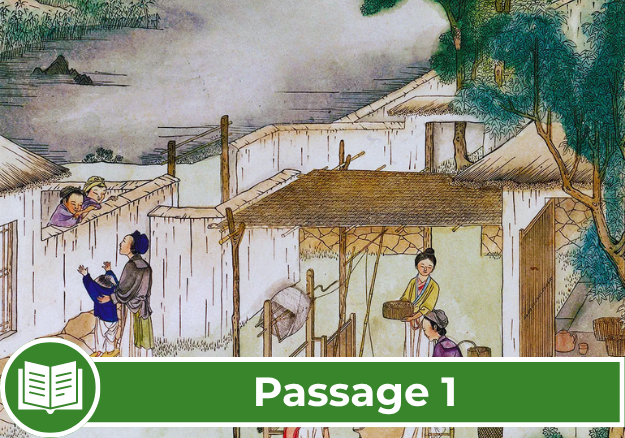
The history of the world’s most luxurious fabric, from ancient China to the present day Silk is a fine, smooth material produced from the cocoons – soft protective shells – that are made by mulberry silkworms (insect larvae). Legend has it that it was Lei Tzu, wife of the Yellow Emperor, ruler of China in […]
Raising the Mary Rose

How a sixteenth-century warship was recovered from the seabed On 19 July 1545, English and French fleets were engaged in a sea battle off the coast of southern England in the area of water called the Solent, between Portsmouth and the Isle of Wight. Among the English vessels was a warship by the name of Mary […]
Crop-growing skyscrapers

By the year 2050, nearly 80% of the Earth’s population will live in urban centres. Applying the most conservative estimates to current demographic trends, the human population will increase by about three billion people by then. An estimated 109 hectares of new land (about 20% larger than Brazil) will be needed to grow enough food […]
The History of Glass
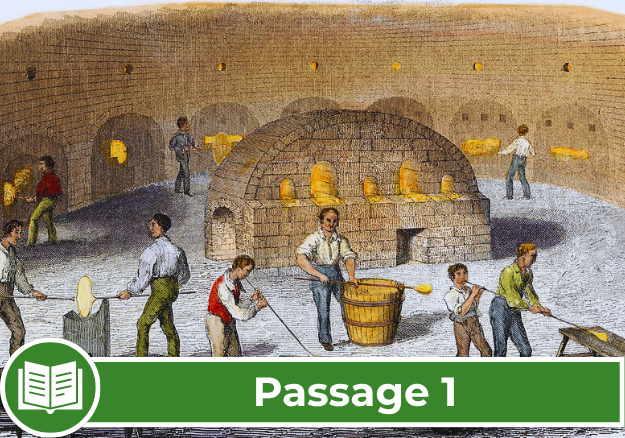
From our earliest origins, man has been making use of glass. Historians have discovered that a type of natural glass – obsidian – formed in places such as the mouth of a volcano as a result of the intense heat of an eruption melting sand – was first used as tips for spears. Archaeologists have […]
Flying tortoises
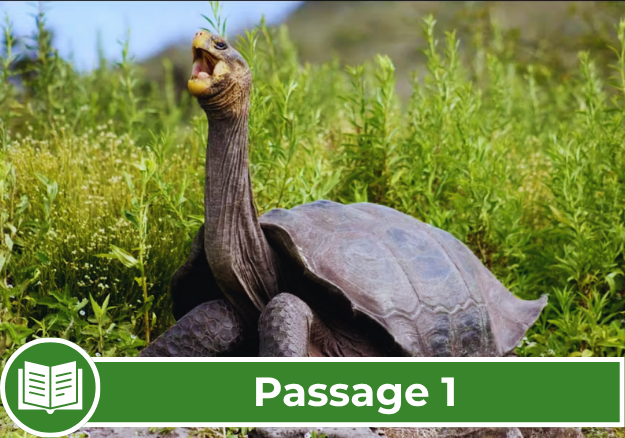
An airborne reintroduction programme has helped conservationists take significant steps to protect the endangered Galápagos tortoise. A Forests of spiny cacti cover much of the uneven lave plains that separate the interior of the Galápagos island of Isabela from the Pacific Ocean. With its five distinct volcanoes, the island resembles a lunar landscape. Only the […]
The risks agriculture faces in developing countries

Synthesis of an online debate* A Two things distinguish food production from all other productive activities: first, every single person needs food each day and has a right to it; and second, it is hugely dependent on nature. These two unique aspects, one political, the other natural, make food production highly vulnerable and different from […]
Cork
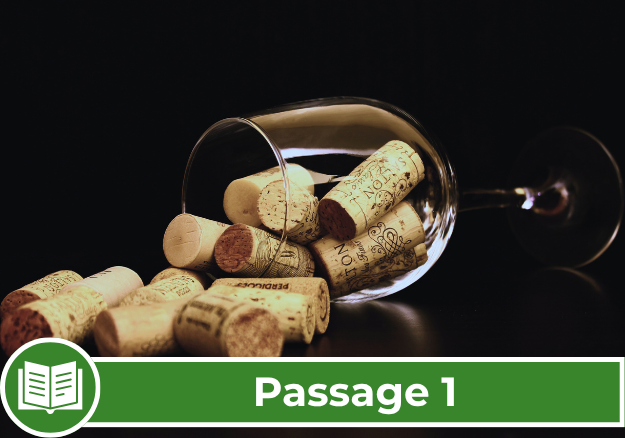
Cork – the thick bark of the cork oak tree (Quercus suber) – is a remarkable material. It is tough, elastic, buoyant, and fire-resistant, and suitable for a wide range of purposes. It has also been used for millennia: the ancient Egyptians sealed their sarcophagi (stone coffins) with cork, while the ancient Greeks and Romans used […]
Cutty Sark: the fastest sailing ship of all time
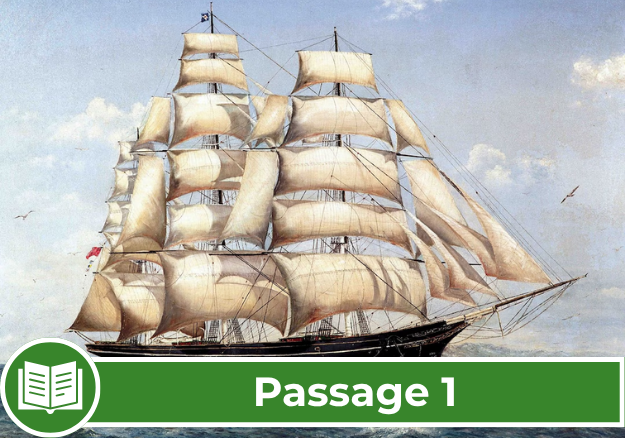
The nineteenth century was a period of great technological development in Britain, and for shipping the major changes were from wind to steam power, and from wood to iron and steel. The fastest commercial sailing vessels of all time were clippers, three-masted ships built to transport goods around the world, although some also took passengers. […]
The coconut palm
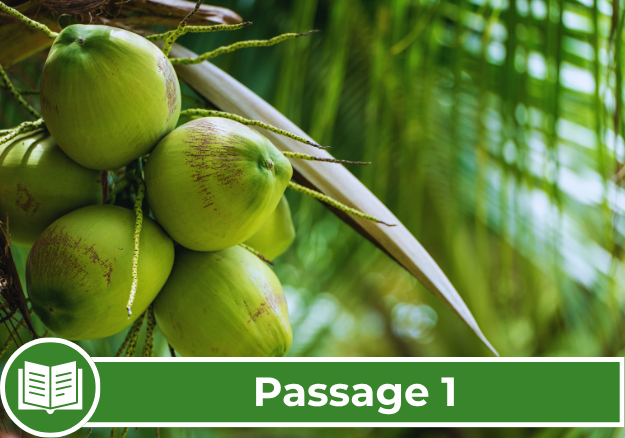
For millennia, the coconut has been central to the lives of Polynesian and Asian peoples. In the western world, on the other hand, coconuts have always been exotic and unusual, sometimes rare. The Italian merchant traveller Marco Polo apparently saw coconuts in South Asia in the late 13th century, and among the mid-14th-century travel writings […]
Bringing cinnamon to Europe
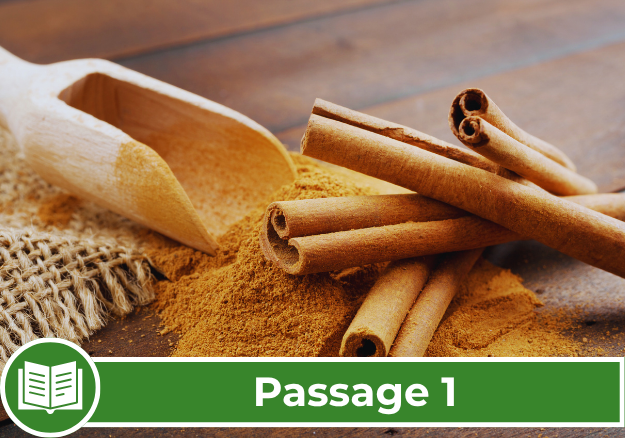
Cinnamon is a sweet, fragrant spice produced from the inner bark of trees of the genus Cinnamomum, which is native to the Indian sub-continent. It was known in biblical times, and is mentioned in several books of the Bible, both as an ingredient that was mixed with oils for anointing people’s bodies, and also as […]
Case Study: Tourism New Zealand website

New Zealand is a small country of four million inhabitants, a long-haul flight from all the major tourist-generating markets of the world. Tourism currently makes up 9% of the country’s gross domestic product, and is the country’s largest export sector. Unlike other export sectors, which make products and then sell them overseas, tourism brings its […]


